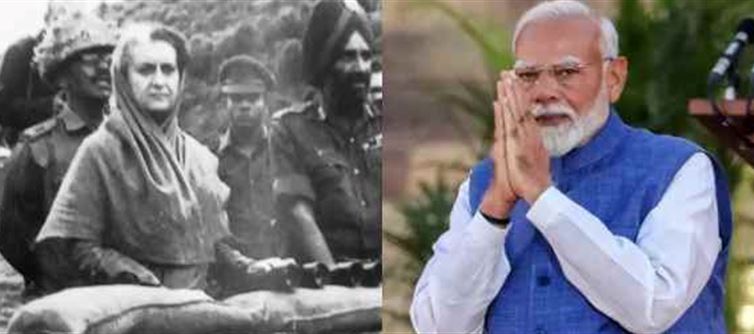
The two countries' nuclear capabilities represent the biggest shift between the geopolitical environment of 1971 and the present. Under Indira Gandhi's direction, india produced nuclear weapons in 1974, and pakistan did the same in 1998. There are currently about 172 nuclear warheads in india and about 170 in Pakistan.
The mathematics of battle is radically changed by this nuclear reality. The devastating potential of nuclear escalation now exists in any full-scale conflict, despite India's conventional military supremacy. The current deterrence position was created by India's historically softer stance, which permitted pakistan to build nuclear weapons in contrast to Israel's robust policy to prevent nuclear capabilities in hostile neighbors.
Comprehending these limitations clarifies why india, under Modi, has opted for targeted, restricted military actions such as Operation Sindoor instead of achieving complete territorial conquest. Instead of capturing land or completely defeating Pakistan's military, the operation's main goal was to destroy terrorist infrastructure.
Responses to provocations have undoubtedly shifted as a result of India's transition from what detractors referred to as a "soft state" under congress rule to a "hard state" under bjp leadership. However, military options are always limited by nuclear realism.
People who are against the ceasefire frequently have no idea how catastrophic a nuclear conflict could be. The accord is not a show of weakness, but rather a realistic assessment of current world affairs. The actual objectives of the current operations were already achieved, notwithstanding what the media may say about India's ability to retake Pakistan-occupied Kashmir.




 click and follow Indiaherald WhatsApp channel
click and follow Indiaherald WhatsApp channel